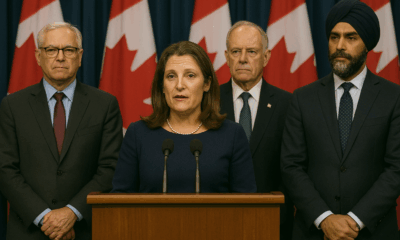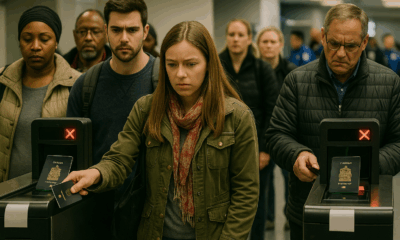Politics
“Digital Sovereignty or Digital Standoff?” Ottawa Faces Rift Over Cybersecurity Authority Between Provinces and Federal Government

Ottawa, ON —
July 30, 2025 — In the aftermath of the Shadow Breach warning, tensions are mounting between Ottawa and several provincial governments over who controls cybersecurity policy — and who should pay for it.
At the center of the rift is a proposed federal mandate requiring all provinces to adopt Operation Blackroot, a data segmentation protocol developed under the Canadian Shield Intelligence Network (CSIN) to counter foreign cyber threats.
“This isn’t about oversight — it’s about overreach,” said Alberta Digital Services Minister Jamie Renard, calling the mandate “a patchwork solution forced down from above.”
While the Cybersecurity Oversight Commission of Canada (COCC) insists the measure is critical to defending federal-provincial data corridors, several premiers argue the protocol imposes federal infrastructure standards on jurisdictions with their own digital sovereignty frameworks.
“We’re not subdomains of Ottawa’s IT,” said Premier Anne Chartrand of Quebec. “We’ll collaborate, but we won’t be conscripted.”
Funding the Firewalls
Beyond governance, cost-sharing is the flashpoint. The proposed rollout would require an estimated $1.2 billion in upgrades to provincial systems. Ottawa has offered to cover 60% — a figure some provinces say is “woefully inadequate” given the risks they now face.
Behind closed doors, sources say some provinces are considering forming a pan-provincial digital resilience alliance, pooling resources and adopting shared standards independent of federal design.
“If they won’t fund it, and won’t listen, we’ll build our own,” one source close to Saskatchewan’s CIO office told ODTN News.
The Road Ahead
As governments change, cybersecurity is quickly becoming a wedge issue — one that pits national unity against digital autonomy, and centralized defense against distributed responsibility.
“Canadians want protection, not political point-scoring,” said political analyst Dr. Lana Boivin of the fictional Macdonald-Drake Institute for Governance. “But right now, it feels like the firewall is between governments, not against the adversaries.”
Covering where tech meets policy, and the gaps in between. — Jordan Okeke
ODTN News’ Ayaan Chowdhury contributed to this report.
Politics
Government Stabilizes Systems, But Trust Gap Remains
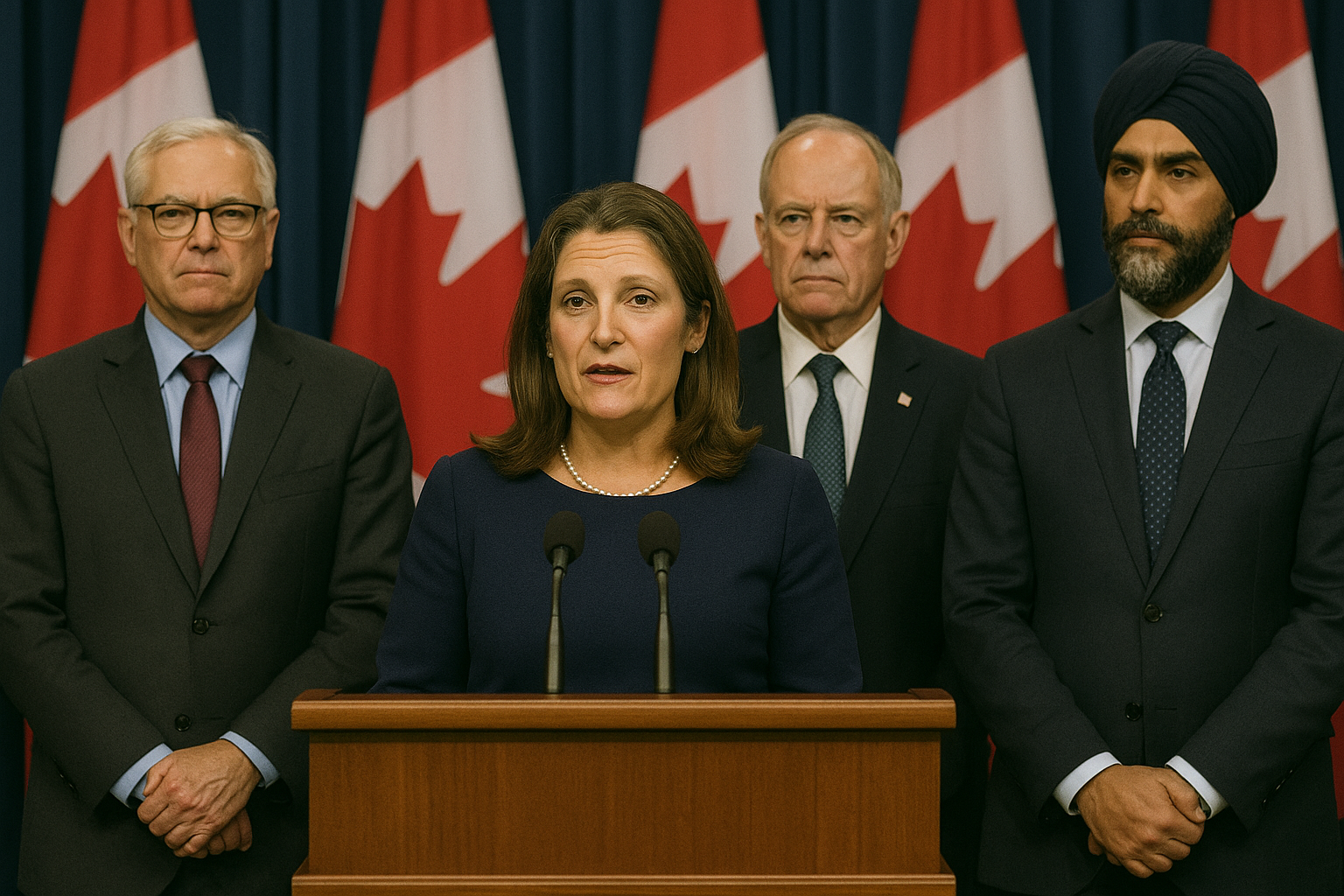
September 26, 2025 — After days of disruption fueled by cyber incidents and disinformation campaigns, federal officials confirmed today that critical systems have been stabilized. While the immediate crisis appears to be under control, experts warn that the public trust gap exposed during the turmoil may prove harder to repair.
From Disruption to Stability
Technical teams reported that the low-level beaconing attempts detected earlier this week — signs of adversaries probing for re-entry — have been mitigated. “We’ve deployed layered defenses across all networks and worked directly with partners to contain the threat,” said a senior cybersecurity official. “At this stage, systems are operational and secure.”
The government also announced new joint coordination cells between the Canadian Centre for Cyber Security (CCCS) and critical infrastructure operators, designed to ensure faster detection and response to future threats.
Disinformation Still Lingers
Even as systems came back online, the viral deepfake of a minister blaming refugees continued to circulate, creating confusion and amplifying tensions. Analysts note that while the technical recovery was swift, the information environment remains volatile.
“Once trust is shaken, even accurate updates are met with skepticism,” said a policy researcher at a Toronto think tank. “Citizens are asking themselves: if systems can be manipulated, what else should we question?”
Public Reaction
At airports, where Canadians had faced biometric and passport scanning delays, operations returned to normal. Yet travelers expressed mixed feelings. “I’m glad the kiosks work again,” said one passenger in Montreal. “But no one explained what really happened. That silence is why people stop believing.”
Looking Forward
Officials emphasized that rebuilding trust will require transparency and communication, not just technical fixes. Proposals under consideration include public briefings on cyber resilience, stronger counter-disinformation campaigns, and expanding digital literacy programs.
For now, Canadians can expect their systems to function reliably — but the aftershocks of doubt may shape debates on cybersecurity, governance, and accountability for months to come.
Covering where tech meets policy and the gaps in between. — Jordan Okeke
ODTN News’ Ayaan Chowdhury contributed to this report.
Politics
Canadians Face Passport Scanning Chaos at European Airports
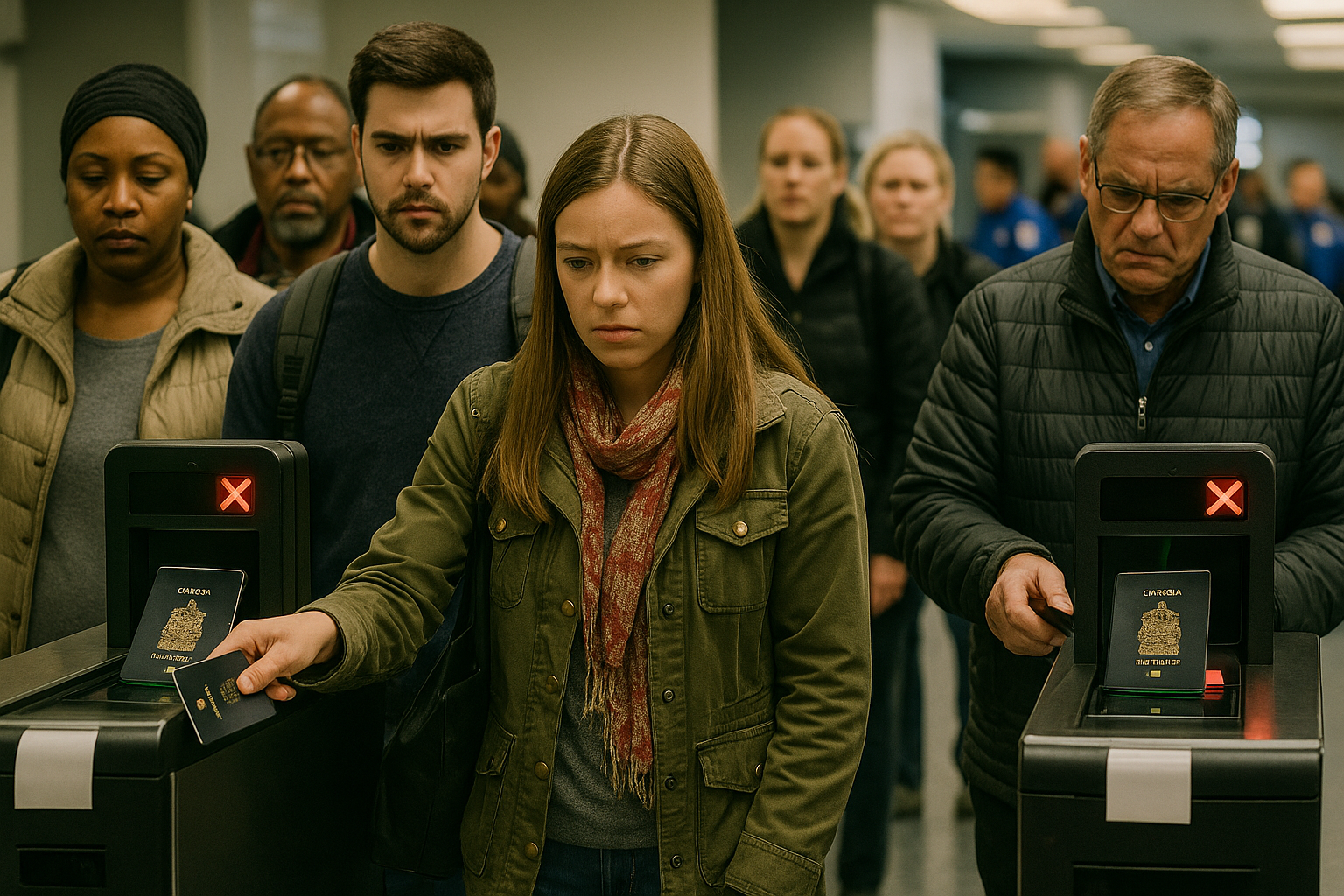
September 24, 2025 — Canadian travelers attempting to return home today are caught in sudden chaos across multiple European airports as automated passport scanners fail to process Canadian documents.
At Rome Fiumicino Airport, long lines quickly built up this morning after machines repeatedly rejected Canadian passports with a flashing red error. Passengers described scenes of confusion as staff scrambled to divert travelers to slower, manual processing.
“It was a nightmare,” said one Canadian en route to Toronto. “The kiosk rejected me three times before staff waved me into another line. Dozens of us were stuck with no clear guidance.”
Reports of the same issue surfaced in Milan and Naples, where returning Canadians posted frustrated updates on social media about being unable to clear security. One traveler wrote: “Lines are at a standstill. Canadian passports just won’t scan. People are missing flights.”
Authorities Responding
While no official explanation has been provided, airport sources suggested the problem may stem from a temporary biometric synchronization error affecting Canadian documents in European systems. The Canadian Border Services Agency (CBSA) confirmed it is monitoring the situation but did not issue immediate travel guidance.
Impact on Travelers
As of this afternoon, passengers continued to face delays of up to several hours. Airline staff reported families missing connections as the backlog grew. “We’re moving people as fast as we can, but when one country’s passports won’t scan, the whole system slows down,” one gate agent said.
Outlook
The disruption remains, but ODTN News will continue monitoring for updates. Travelers returning to Canada are advised to prepare for longer processing times and consider arriving at airports earlier than usual until systems are confirmed stable.
Covering where tech meets policy and the gaps in between. — Jordan Okeke
Politics
Disinformation Spike: Deepfake of Minister Blaming Refugees Goes Viral
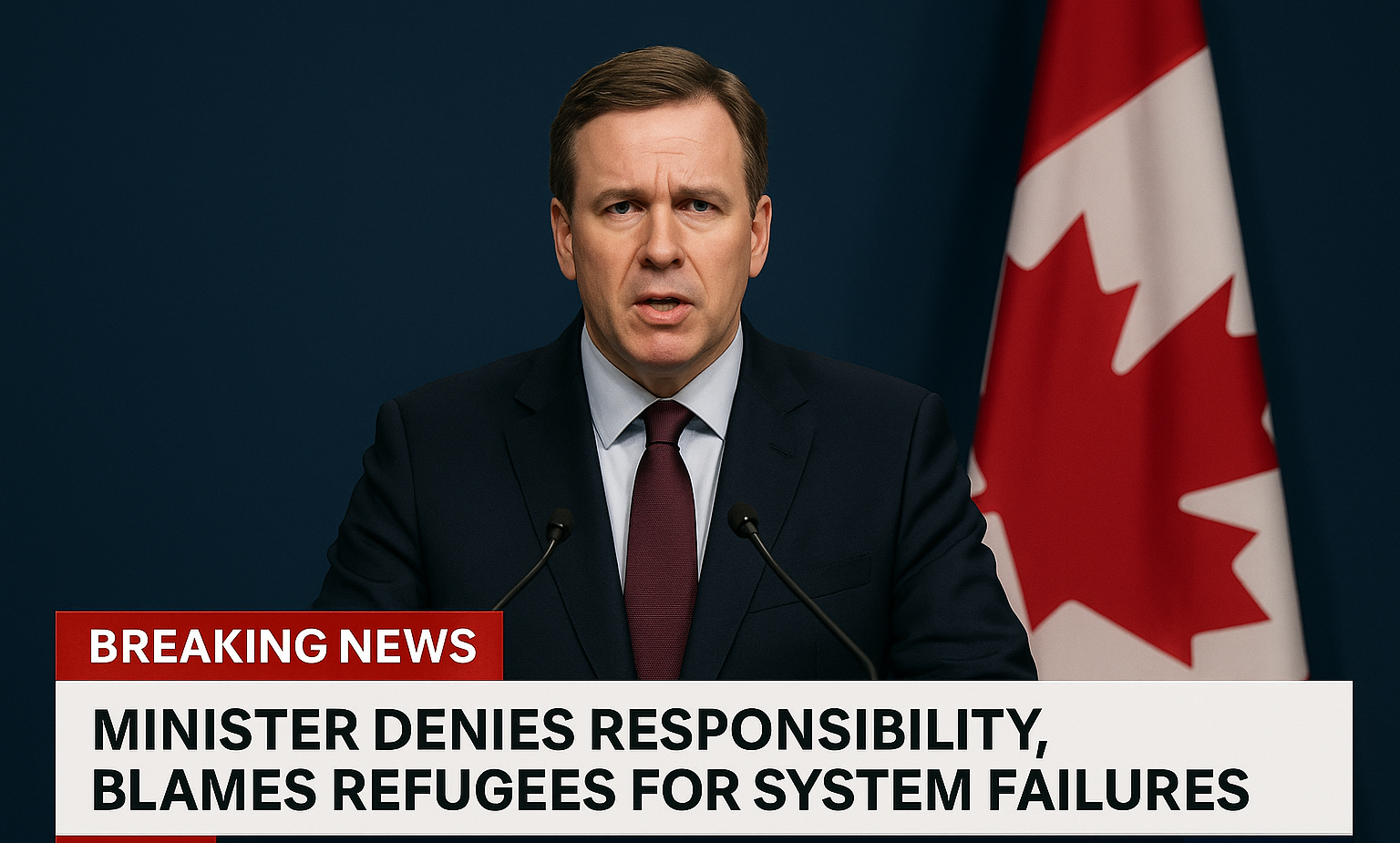
Ottawa, ON — A manipulated deepfake video of a Canadian cabinet minister has spread rapidly across social media today, sparking outrage and fueling false narratives about refugees.
The video, which falsely appears to show the minister blaming refugees for recent social and economic challenges, was quickly identified by cybersecurity analysts as a deepfake disinformation campaign. Despite expert warnings, the clip has already been shared tens of thousands of times across platforms like X, TikTok, and Facebook.
Rapid Spread
Researchers tracking the incident say the video first surfaced early this morning in fringe forums before making its way onto mainstream social media channels. Spreading rapidly, hashtags connected to the video are trending nationally.
“The quality of the manipulation is high enough that casual viewers may not realize it’s fake,” said a threat intelligence analyst. “The speed at which this spread shows how weaponized deepfakes can destabilize public discourse.”
Government Response
The minister’s office issued a statement calling the video “entirely fabricated and malicious.” The statement urged Canadians not to share the clip and confirmed that the case has been referred to federal cybersecurity authorities.
Officials also warned that foreign influence operations have historically used disinformation to sow division in Canada, particularly around refugee and immigration issues.
Public Impact
Community groups expressed concern that the video could inflame tensions. “This kind of content puts refugees at greater risk of harassment,” said one advocacy organization. “It exploits existing fears and undermines social cohesion.”
Looking Ahead
Experts caution that deepfake campaigns are becoming more sophisticated and more frequent. With upcoming policy debates on immigration, disinformation efforts targeting public trust are expected to intensify. For now, fact-checkers and cybersecurity agencies are working to debunk the clip and limit its spread, but the incident highlights how easily trust in democratic institutions can be eroded by synthetic media.
Covering where tech meets policy and the gaps in between. — Jordan Okeke
ODTN News’ Ayaan Chowdhury contributed to this report.
-

 Retail Watch4 months ago
Retail Watch4 months agoCalgary Small Business Hit by Sudden Payment Outage, Sparks Cybersecurity Concerns
-

 Public5 months ago
Public5 months agoReddit Thread Over ‘Inventory Drift’ Surges as Canadians Vent Over Retail Glitches
-

 Cybersecurity5 months ago
Cybersecurity5 months agoCanadian Airline NorthSky Faces Cyberattack, Disrupting Online Services
-

 Business8 months ago
Business8 months agoCanadian Software Vendor Breach Exposes Cloud Environments Across Energy Sector
-

 Retail Watch5 months ago
Retail Watch5 months agoUnderstaffed and overwhelmed, IT teams face rising pressure as retail digitization accelerates
-
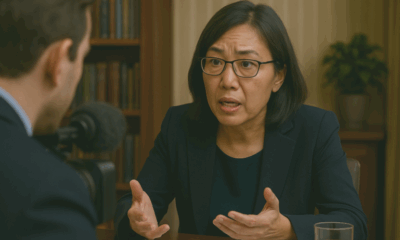
 Business4 months ago
Business4 months agoAre Canadian Companies Learning from Global Cyber Attacks? Insider Insights into the Secret Downfall of Canadian Businesses
-
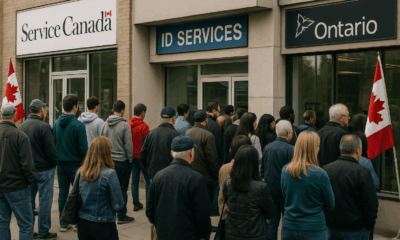
 Politics4 months ago
Politics4 months agoNationwide Government System Outage Paralyzes Public Services
-
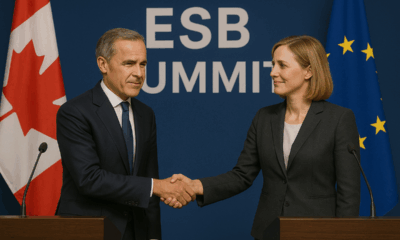
 Politics5 months ago
Politics5 months agoCanada, ESB Sign Digital Security Pact to Counter Global Telecom Threats










